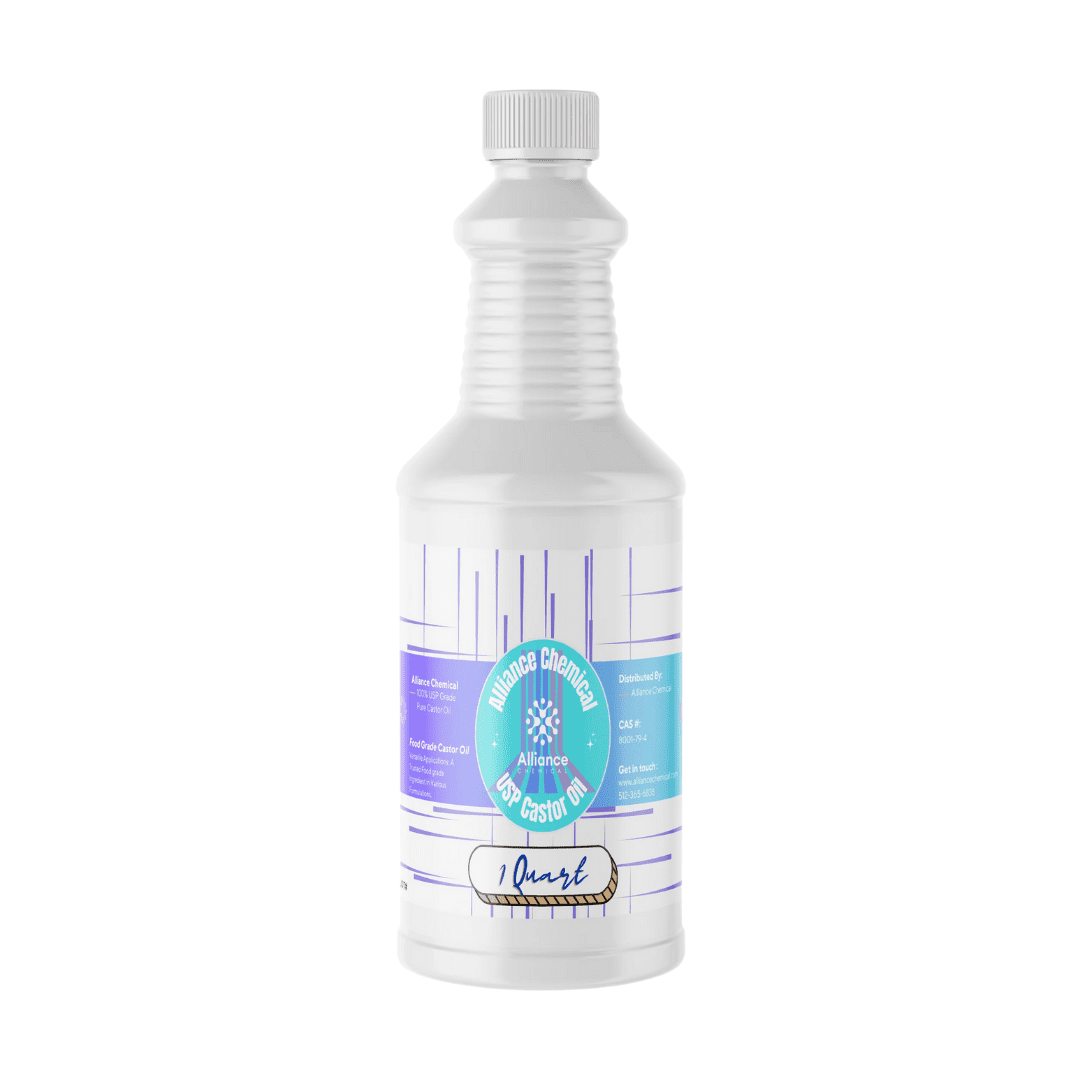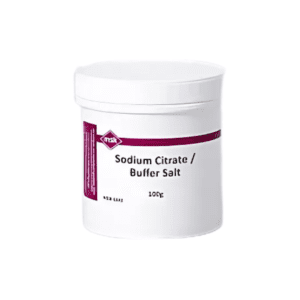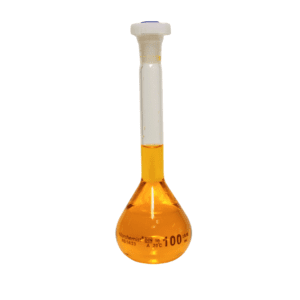R&D Chemicals
Description
R&D Chemicals: Specialized Compounds for Scientific Research and Development
R&D chemicals are essential materials used in research and development activities across multiple industries. These chemicals are the building blocks for scientific experiments, product innovations, and technological advancements. From pharmaceuticals and biotechnology to materials science and environmental testing, R&D chemicals are fundamental in the development of new products, processes, and treatments.
These chemicals are often custom-manufactured or highly purified to meet the specific requirements of research applications, ensuring that the results obtained from experiments are reliable, reproducible, and meaningful. Scientists and researchers rely on high-quality R&D chemicals to explore new chemical reactions, test hypotheses, develop new materials, and create novel formulations.
Applications of R&D Chemicals:
- Pharmaceutical Development: R&D chemicals are used in the formulation of new drugs, the synthesis of chemical compounds, and the analysis of drug interactions.
- Biotechnology and Genetic Research: In biotech, R&D chemicals are critical for DNA/RNA research, enzyme studies, and protein synthesis.
- Materials Science: R&D chemicals help in the development of new materials, including polymers, semiconductors, and composites, by facilitating the discovery of new compounds and chemical reactions.
- Environmental Testing: These chemicals are used in the analysis and treatment of environmental samples, such as water, air, and soil, to detect pollutants and contaminants.
- Food and Beverage Testing: R&D chemicals are important in the development of new food products, safety testing, and quality control.
- Chemical Engineering: R&D chemicals support the discovery of new chemical processes, catalysts, and manufacturing methods, enhancing efficiency and sustainability in industrial production.
Comprehensive List of Products in the R&D Chemicals Category:
1. Organic Chemicals (e.g., Acetone, Benzene, Toluene):
- Applications: Used in organic synthesis, solvent extraction, and chemical formulations.
- Industries: Chemical manufacturing, pharmaceuticals, materials science.
- Features: High purity and consistent quality to support advanced chemical reactions.
2. Inorganic Chemicals (e.g., Sodium Chloride, Magnesium Sulfate):
- Applications: Essential for various chemical reactions, preparation of buffers, and catalyst development.
- Industries: Analytical chemistry, environmental testing, pharmaceutical manufacturing.
- Features: Available in different grades and quantities for specialized research.
3. Catalysts (e.g., Platinum, Palladium, Nickel):
- Applications: Used to speed up chemical reactions without being consumed in the process, essential in industrial synthesis and organic chemistry.
- Industries: Pharmaceuticals, petrochemicals, green chemistry.
- Features: High activity and stability for reproducible results in reaction pathways.
4. Solvents (e.g., Ethanol, Methanol, Diethyl Ether):
- Applications: Used to dissolve other chemicals, facilitating reactions and extractions.
- Industries: Organic chemistry, biotechnology, environmental analysis.
- Features: Purity grades suitable for chemical and biological applications.
5. Reagents for Synthesis (e.g., Sodium Borohydride, Lithium Aluminum Hydride):
- Applications: Used for reduction reactions, organic transformations, and synthetic pathways.
- Industries: Organic chemistry, pharmaceutical synthesis, polymer development.
- Features: Tailored for high efficiency in synthetic applications.
6. Enzymes (e.g., Amylase, Lipase, Protease):
- Applications: Used in biotechnological applications, enzyme catalysis, and food processing.
- Industries: Biotechnology, food and beverage, pharmaceuticals.
- Features: Stabilized and stored for use in biochemical reactions.
7. Polymers (e.g., Polyethylene, Polypropylene, Nylon):
- Applications: Used in the development of new materials, plastic formulations, and as part of composites.
- Industries: Materials science, manufacturing, biomedical engineering.
- Features: Customizable properties for a variety of applications in industrial and research settings.
8. Biochemical Reagents (e.g., Glucose, Amino Acids, Nucleotides):
- Applications: Essential in molecular biology, genetic research, and protein synthesis.
- Industries: Biotechnology, genetics, pharmaceuticals.
- Features: Available in high-purity grades to ensure reliability in complex biological experiments.
9. Metal Compounds (e.g., Copper Sulfate, Iron Chloride, Zinc Oxide):
- Applications: Used in environmental analysis, catalysis, and corrosion research.
- Industries: Environmental testing, materials science, industrial chemistry.
- Features: Available in specific concentrations and purity for precise applications.
9. pH Buffers and Adjusters (e.g., Phosphate Buffered Saline, Acetic Acid):
- Applications: Used to maintain a stable pH in biochemical reactions, cell culture, and diagnostic assays.
- Industries: Biotechnology, molecular biology, diagnostics.
- Features: Pre-made solutions or solid forms for precise pH control.
10. Solubilizers and Surfactants (e.g., Triton X-100, SDS):
- Applications: Used to improve the solubility of hydrophobic compounds in aqueous solutions, facilitating biological assays.
- Industries: Pharmaceutical development, biotechnology, material research.
- Features: Specially formulated to minimize interference in sensitive experiments.
11. Reagent Kits (e.g., PCR Reagents, ELISA Kits):
- Applications: Complete kits that include all necessary reagents for specific biochemical or molecular assays.
- Industries: Genetic research, diagnostics, drug testing.
- Features: Ready-to-use kits designed for convenience and consistent results.
12. Antibiotics and Antibodies (e.g., Penicillin, Anti-Mycobacterial Antibodies):
- Applications: Used in microbiology to culture, diagnose, and treat infectious diseases.
- Industries: Healthcare, pharmaceuticals, research.
- Features: Available in various forms for research, diagnostic, and clinical applications.
13. Toxicology Reagents (e.g., Lead Acetate, Arsenic Trioxide):
- Applications: Used in environmental and health research to test for toxicity and contamination in samples.
- Industries: Environmental science, toxicology, public health.
- Features: Specific reagents for detecting and analyzing hazardous materials.
14. Chromatography Reagents (e.g., Silica Gel, Alumina, Mobile Phases):
- Applications: Used in chromatographic separations for purification, analysis, and quality control.
- Industries: Chemical analysis, food safety, pharmaceuticals.
- Features: High-quality materials for reproducible separation and analysis.
15. Diagnostic Reagents (e.g., Glucose Test Strips, Cholesterol Reagents):
- Applications: Used for in vitro diagnostic testing, including monitoring health markers and detecting diseases.
- Industries: Healthcare, diagnostics, medical devices.
- Features: Ready-to-use formulations for quick and accurate testing.
16. Fluorescent and Luminescent Reagents (e.g., DAPI, Fluorescein):
- Applications: Used in fluorescence microscopy and cell staining for research and diagnostic purposes.
- Industries: Biomedical research, clinical diagnostics, pharmaceutical testing.
- Features: High fluorescence intensity for sensitive detection in assays.
Conclusion:
R&D chemicals are a cornerstone of scientific discovery, providing researchers with the essential tools they need to innovate and explore new possibilities in a wide array of fields. Whether used in drug development, material science, environmental testing, or biotechnology, these chemicals enable precise experiments, helping to solve complex challenges and advance industries. With a vast range of products designed for specialized research applications, R&D chemicals ensure the success of scientific endeavors and the development of cutting-edge technologies.





